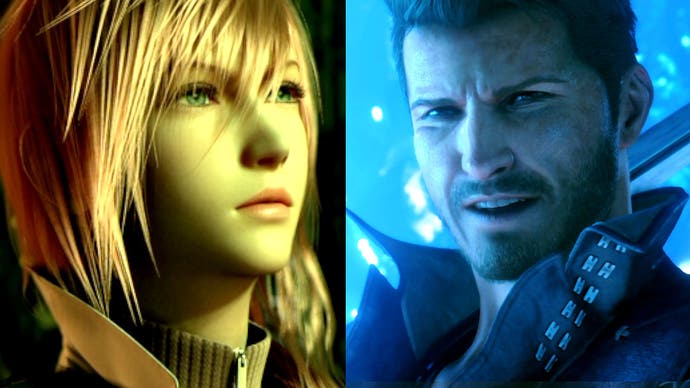Can Final Fantasy 16's real-time graphics compare to FF13's CGI cinematics?
After 13 years, have gameplay visuals exceeded FMV quality?
Final Fantasy games are well-known for their elaborate CGI movies - pre-rendered sequences which have traditionally highlighted key in-game moments where real-time rendering might prove insufficient. Final Fantasy 16 uses the technique rarely though, with a mix of real-time and pre-rendered in-engine footage largely used instead. With that in mind, I thought it would be interesting to investigate how FF16's in-game or in-engine sequences compare to the last mainline Final Fantasy title to use CGI, 2010's FF13. Just how close is FF16 and can its visual qualities and techniques exceed the CGI movies of its predecessor?
Despite being famous for it, the Final Fantasy series has used less and less CGI over the past decade or so. Final Fantasy 13 featured almost an hour of beautiful CGI footage, but Final Fantasy 14, 15, and FF7 Remake have only used CGI for a few key sequences per game, like opening movies. Final Fantasy 16 appears to feature no fully offline CGI sequences, with just a limited use of pre-rendered video on occasion that's entirely or almost entirely in-engine. So if significant use of CGI is a thing of the past for Final Fantasy, can FF16 replicate the same glory within the strict budgets of real-time rendering?
The characters in Final Fantasy 13 were lavishly rendered in CGI form. Excellent materials were paired with very detailed models, highlighted of course by the signature expressiveness of their Final Fantasy hair. If you do look very closely you can make out occasional flaws - like a broken shadow or the slight hint of a polygonal edge in tight close-ups, but the work holds up well.
Final Fantasy 16 matches up nicely to Final Fantasy 13's CGI, with high-quality physically-based materials in clothing, especially metal. Skin rendering can actually look better in Final Fantasy 16 than in 13's CGI, as the latter's skin exhibits a bit of a synthetic sheen, particularly in indirectly-lit conditions. Skin in the newer game tends to have a subtle glow from subsurface scattering, rather than the glossier look of FF13. Character model detail across both efforts is pretty respectable, with FF16 falling behind but still acquitting itself well enough given its real-time origins.
The key deficit in 16 comes down to physics. Offline CG has the benefit of being able to rely on complex physics for clothing and hair, so you can get super-fine physics interactions onscreen. Games are limited to much cruder movement, and it shows. Hair is a particular sore spot for 16, as the card-based locks are surprisingly static. Even with gale-force winds it stays pretty planted on the models' heads, whereas in FF13 it can move very dynamically. The actual appearance of the static hair looks great in some shots, but under movement it doesn't look convincing. It is worth pointing out that other real-time efforts - including Final Fantasy 7 Remake - have more lively hair, so other recent titles can have less of a deficit against FF13 in this department.
FF13's lighting also looks excellent in most of its CGI scenes, especially the high-speed chase with Snow that includes convincing secondary lighting as sunlight bounces off of sand and the romantic fireworks cinematic. Shadows, though, are a bit less convincing. The softness of shadows seems to change from scene to scene, without a simulation of variable penumbra as the shadow becomes more distant from the object casting it. Shadows often look too sharp, especially outdoors. Grass is a particular eyesore, casting bold dark shadows that seem inappropriate for semi-transparent objects. In some scenes we do get very soft, properly diffuse shadows, but a lot of the time the results look a little off.
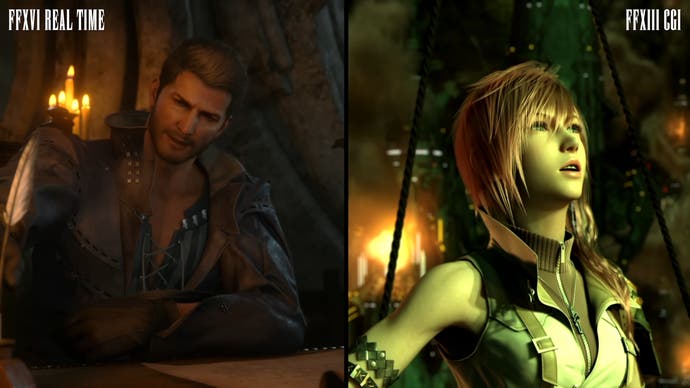
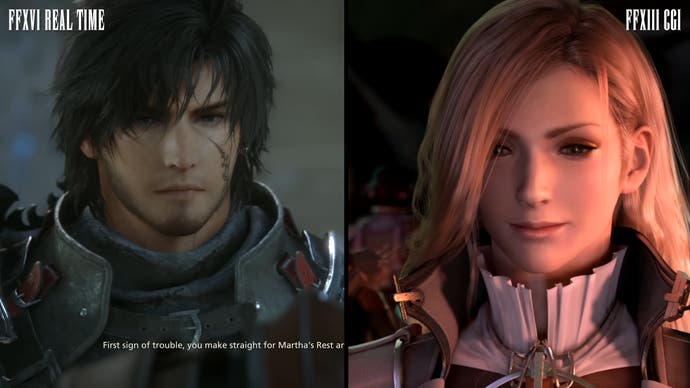
FF16 has quite comparable environmental lighting in some spots, with good bounce, albeit with a limited ability to resolve fine detail. However, its dynamic lighting is more mixed, which is typical of a game using a baked GI solution. Its shadow rendering, however, is comprehensively better than the solutions used in FF13. We get very detailed shadows with realistic variable penumbra, and they look appropriate regardless of circumstance. It's not clear what Square's doing here - they could be ray-traced or use a technology like virtual shadowmaps, but the results are excellent and look true-to-life without typical issues like breakup at oblique angles.
Environmental rendering is a bit of a mixed bag across FF13's CGI cinematics. The main emphasis is very much on the characters here, and backgrounds are often relegated to out-of-focus shots or even matte paintings. The 3D modeling tends to be on the simpler side, with low-frequency detail and somewhat limited density, especially relative to the principal cast. It's probably fair to say that FF16 tends to have more detailed environments as a result, given that it's more of a focus here. Some of the more constrained spaces particularly impress, with a satisfying density of foliage and geometric clutter. Environmental reflections can be a bit of a sore spot, though they aren't featured too prominently outside of the game's water. FF13 fares much better with perspective-correct, though uniformly sharp, reflections coverage.
Depth of field and motion blur are often maligned by gamers, but fundamentally these are basic properties of the way that optical systems work, from cameras to the human eye. They prove useful for artistic purposes as well, as on a 2D plane without any depth information for our eyes to focus on, these visual artefacts help to guide us towards logical focal points, shaping how we consume flat-panel content.
.png?width=690&quality=75&format=jpg&auto=webp)
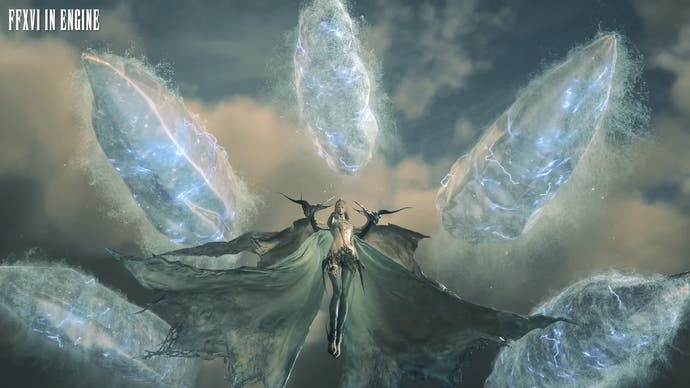
FF16 is the first mainline title in the series to use bokeh depth of field as well as full camera and object motion blur during real-time sequences, and the results are terrific. I'm especially impressed by the depth of field, which looks absolutely stunning and presents with very few issues. In some scenes, the virtual camera even racks focus smoothly as the focal point shifts. There are very minor artefacts around fine details like hair at times, but it's a very impressive implementation of a technique that can be hard to get right.
FF13's CGI sequences feature the same effects, with broadly similar impact. Of course, both the motion blur and depth of field here are artefact-free, unconstrained by the strict performance windows needed for real-time imagery. But in most viewing situations I'd chalk this up as a draw, as FF16's flaws aren't often visible in motion.
Image quality throws a bit of a curveball when evaluating the two titles. On the one hand, FF16 is delivering a big increase in image detail and clarity over FF13's CGI. We're looking at a dynamic 1440p presentation paired off against 720p CGI, after all. But that's not the whole story, as the CGI in FF13 is effectively supersampled and has a perfectly smooth look that holds up well on a high-resolution display. FF16 may fare slightly better here on the whole, but it does come saddled with occasional aliasing that you rarely see in high-end CG productions.
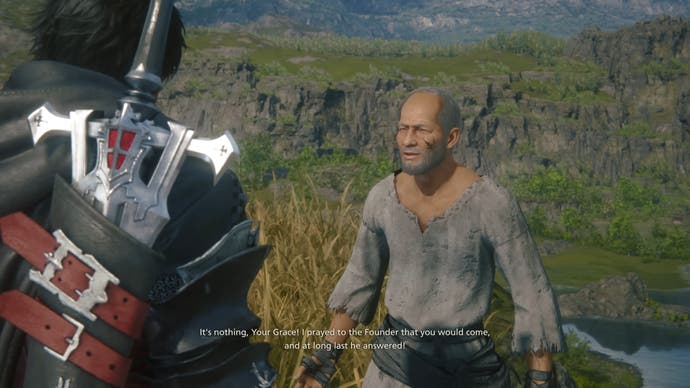
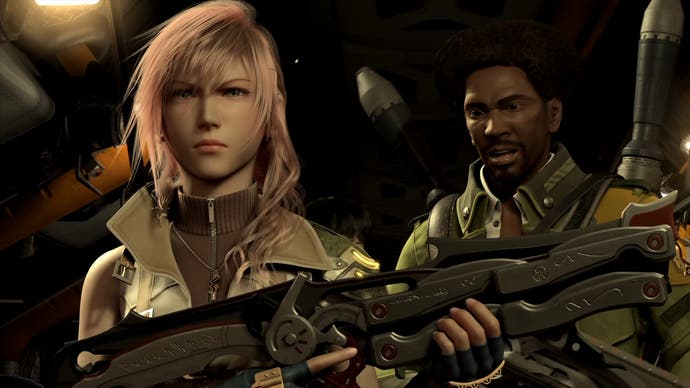
Lastly, let's take a bit of a detour from visual features and discuss content for a moment. The motivation behind the use of CGI in earlier Final Fantasy games was to emphasise important moments that wouldn't fare well when squeezed by the constraints of a game engine. This usually included the games' lavish, beautifully choreographed action scenes. These death-defying combat manoeuvres were showcased in cool cinematics that really stood out at the time. FF16 does have similar in-engine cinematic combat showcases, though they are fewer in number and relatively brief. They're definitely reminiscent of earlier CGI efforts, but aren't quite up to the same bar. On the flipside, the playable combat does animate and flow very nicely, including a number of large-scale fights that look stunning. There's a bit less excitement in the hands-off sequences, but the gameplay features similar thrills, which is a pretty good trade-off.
When I first played Final Fantasy 13, the CGI cutscenes absolutely blew me away. The visuals were extremely sophisticated, and the use of characters and areas that I'd just seen in-game invited my mind to wander a little bit. Exactly how long would we have to wait to see similar visuals in real-time? Final Fantasy 16 isn't quite at that level, but it comes surprisingly close. We're seeing a fairly similar style realised with broadly similar visuals. It's a bit bittersweet that the CGI seems to have been dropped for 16, but the real-time visuals are accomplishing things that prior Final Fantasy titles struggled with - from character rendering and lighting to environmental detail and post-processing effects, it's all quite impressive, to the point where CGI feels unnecessary.
There are a few caveats to this analysis that I wanted to mention. FF16 is a big game and expectedly, there are some areas where the visual presentation falls flat. This mostly comes down to the lower-tier cutscenes, which animate rather stiffly and feature simpler models as John noted in his review. Key sequences have much better production values, and I've focused more on those today.
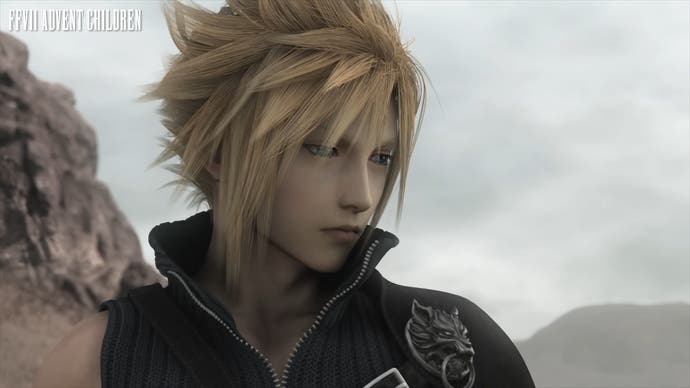

Conversely, FF13's CGI isn't all at the same quality level either. More indirectly-lit environments can look a bit off in a few moments, and skin rendering is excellent in some scenes and mediocre in others. Some shots do make use of paintings and game engine footage, mixed in with all the 3D CGI. And of course, the vast majority of cutscenes aren't anywhere near this level of fidelity - of the roughly 9 hours of cutscenes in Final Fantasy 13, only about an hour is high-quality CGI, with the rest split between real-time and in-engine pre-rendered footage.
If we measure FF16 against a slightly earlier era of Square-Enix CGI - from 2006's Final Fantasy 12, or 2005's Final Fantasy 7: Advent Children, FF16 fares substantially better. The main issue here is the quality of the materials work on key elements like skin and fabric, which isn't great in retrospect. Other elements of the rendering hold up better, but measured against FF16 taken as a whole, I'd prefer 16's real-time rendering overall.
There's still some way to go before Final Fantasy games reach the peaks of the pre-rendered visuals featured in prior games - and a few areas where achieving offline results in a real-time renderer may simply be off the table. In broad strokes, though, it does seem like two generations past Final Fantasy 13, real-time game graphics are approaching - and in a few areas, exceeding - the ultra high-end CGI that Square Enix once relied on.
